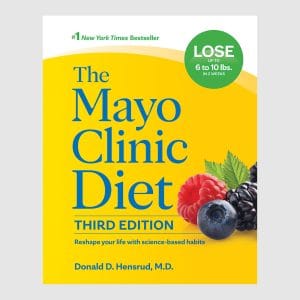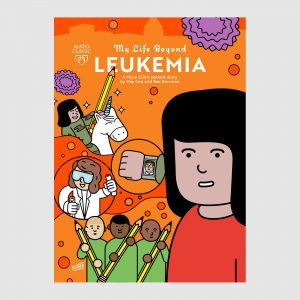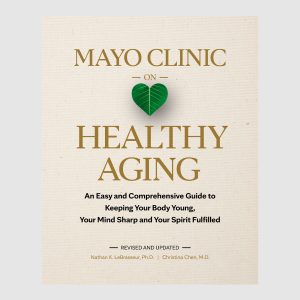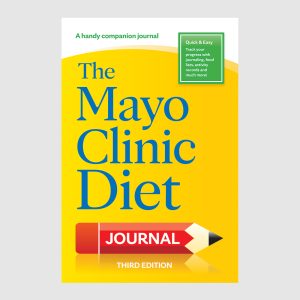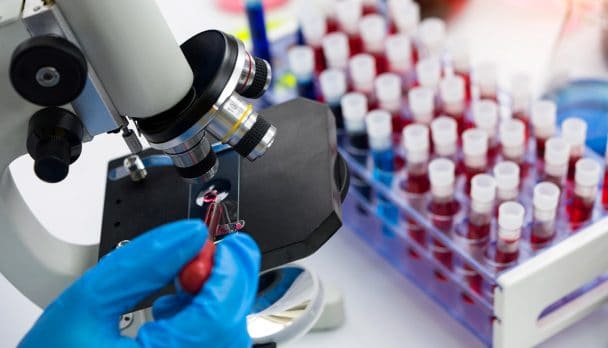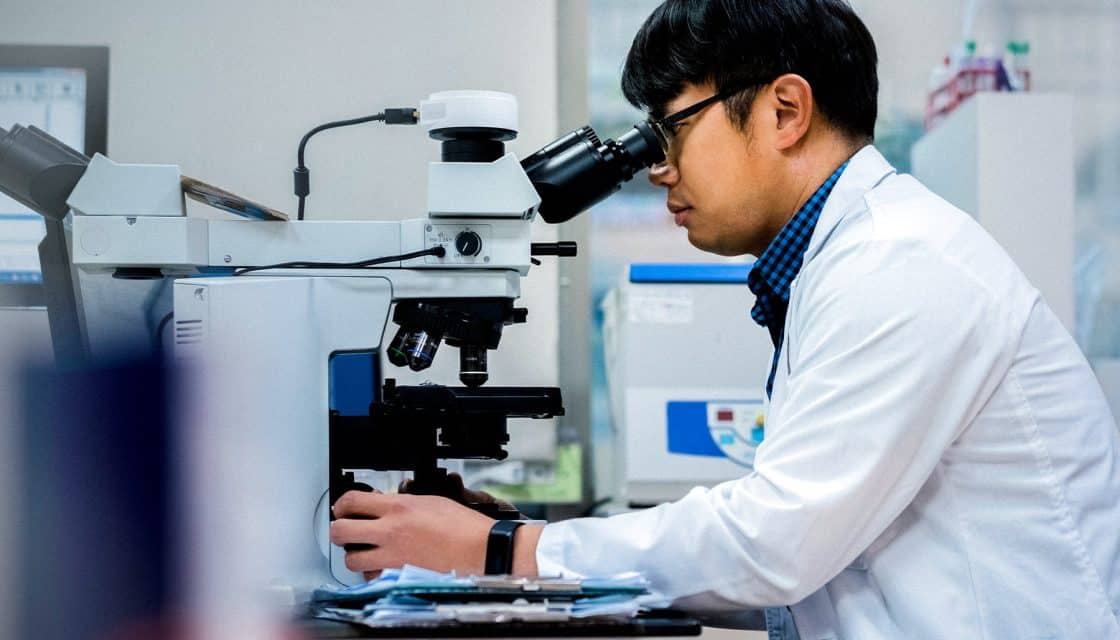
Scientists have long known that the candles on a birthday cake don’t necessarily match the actual biological age of someone’s body. One 75-year-old may have the body of a 65-year-old and another that of a 90-year-old, for example.
However, it’s only during the last several years that researchers have begun to understand why some people age more slowly than others. These insights center on damaged cells — called senescent cells — that tend to accumulate with age. Someday, in the not-so-distant future, this knowledge may help healthcare professionals customize treatment suggestions to your individual cellular blueprint.
What are senescent cells?
When some cells deteriorate, they enter a senescent state. The word “senescent” is Latin for “old,” and refers to a cell’s inability to divide and function appropriately.
When you’re younger, the immune system clears these damaged cells. However, your immune system doesn’t function as effectively as you get older, clearing senescent cells more slowly. On top of that, with each passing year, cells undergo more stress, with more of them going into senescence. As a result, senescent cells build up over time.
Senescent cells versus zombie cells: What’s the difference?
Senescent cells aren’t dead. Yet, they’re not fully functional, either. They also tend to churn out harmful substances that can cause inflammation, fibrosis and deterioration, and even spread senescence locally and throughout the body.
Some people refer to them as “zombie cells” as many fictional zombies are also neither alive nor dead and can spread their undead state through scratches and bites.
However, many aging researchers prefer not to use this term.
“The term ‘zombie cells’ has been adopted as a public-facing friendly term for a senescent cell. It’s important science, and we don’t want it to be diminished,” says Nathan K. LeBrasseur,Ph.D. M.S., director of Mayo Clinic’s Robert and Arlene Kogod Center on Aging and co-author of the book “Mayo Clinic on Healthy Aging.”
The difference between senescent cells and zombies
Most fictional stories depict zombies as dangerous creatures who spend their endless days searching for live human brains. Granted, there are rare exceptions, such as the medical resident in the “iZombie” television series who limits herself to the brain tissue from the corpses she examines in the morgue. For the most part, however, if you say “zombie,” people think “bad.” That’s likely why one of the top Google searches about zombie cells contains the phrase, “How to get rid of.”
However, unlike the typical fictional zombie, senescent cells aren’t necessarily harmful — and eradicating them may do harm, says Dr. LeBrasseur.
It’s thought that senescent cells may have evolved to extend life, not end it. When cells become senescent, they can slow or halt the growth of cancer, blood-vessel-stiffening plaque, and other health problems. Senescence also may hinder the progression of pulmonary and cardiac fibrosis and liver cirrhosis. It also plays a critical role during pregnancy.
“I would argue that senescence is typically protective,” says Dr. LeBrasseur. “If you want to prevent the growth and spread of cancers, you want cells to undergo senescence, so they stop dividing. Biology is beautiful and intelligent. We probably need to better understand senescent cells’ role in maintaining health before we get too aggressive with clearing them.”
The downside of senescence
Many biological processes are neither universally good nor universally bad. Senescent cells are no different. In the right amounts, these cells likely protect health. However, when the immune system fails to clear them quickly enough, they can accelerate aging.
Senescent cells spit out a cocktail of inflammatory signals called the senescence-associated secretory phenotype (SASP). In modest amounts, these SASP signals function like flares, triggering the immune system to repair damage.
However, with age, the immune system weakens. This allows senescent cells and their inflammatory substances to accumulate. The buildup of senescent cells and their byproducts has been linked to osteoporosis, diabetes, heart disease, Alzheimer’s disease and many other diseases associated with aging.
Senescent cells and your biological age
If you want to get a sense of your overall health, you already have a few tools. You can, for example, undergo tests that measure your cholesterol or blood glucose.
However, someday in the future, you also may get a test that measures senescent biomarkers that predict your biological age.
Mayo Clinic researchers recently published a study of 1,923 adults that linked elevated levels of specific senescent biomarkers — such as GDF15, VEGFA, PARC and MMP2 — with an increased risk of death over the course of the roughly six-year study. Some of these biomarkers have been associated with developing chronic diseases. For example, people with heart disease and some types of cancers have higher levels of GDF15 and VEGFA.
“By measuring these biomarkers in someone’s blood, urine or stool, we might someday be able to track your aging trajectory and understand what kinds of interventions might work best,” says Dr. LeBrasseur.
Such tests might help to determine your five- or ten-year risk of developing heart disease, dementia, osteoporosis, colon cancer or kidney disease. Senescent biomarker testing also may one day help healthcare professionals to know whether:
- You’d benefit from early intervention with a given problem, even though you don’t yet have symptoms.
- You’re at elevated risk of adverse outcomes, such as complications or rehospitalization, following surgery.
- You’re a candidate for current and future interventions designed to counter the effects of aging, including cellular senescence.
“Senescent biomarkers could help us to choose the right treatment for the right person at the right time,” says Dr. LeBrasseur.
How to slow aging
In addition to looking at biomarkers, scientists are studying medications that may one day help maintain healthy levels of senescent cells and their byproducts. Though these medicines have yielded promising results, they’re still many years away from widespread use.
Until then, you can take steps to influence aging by changing your lifestyle.
“People can profoundly influence aging through lifestyle factors,” says Dr. LeBrasseur. “Genetics is about 15% to 25% of the equation, but that leaves a lot for you to have influence over.”
Here’s what you can do:
Keep moving. You’ve likely gotten the message that exercise promotes good health. One potential mechanism: It may help to keep senescent cells in check. In a Mayo Clinic study of 34 people in their 60s and 70s, a 12-week exercise program improved several senescent biomarkers associated with aging. Aim for at least 30 minutes of physical activity daily. Try to include aerobic exercises such as walking along with strength-building exercises such as weightlifting.
Maintain a healthy body weight. Excess body fat accelerates the formation of senescent cells as well as hinders the immune system’s ability to clear them. If you’re overweight or obese, talk with your healthcare professional about medicines and lifestyle changes that can help you manage body fat.
Get enough sleep. It’s during sleep that your body repairs and rejuvenates. When you cut sleep time short, you increase the cellular stressors that drive senescence, says Dr. LeBrasseur. The right amount of sleep varies from one person to another. However, if you feel sleepy during your waking hours, it’s a sign that you’re not getting enough.
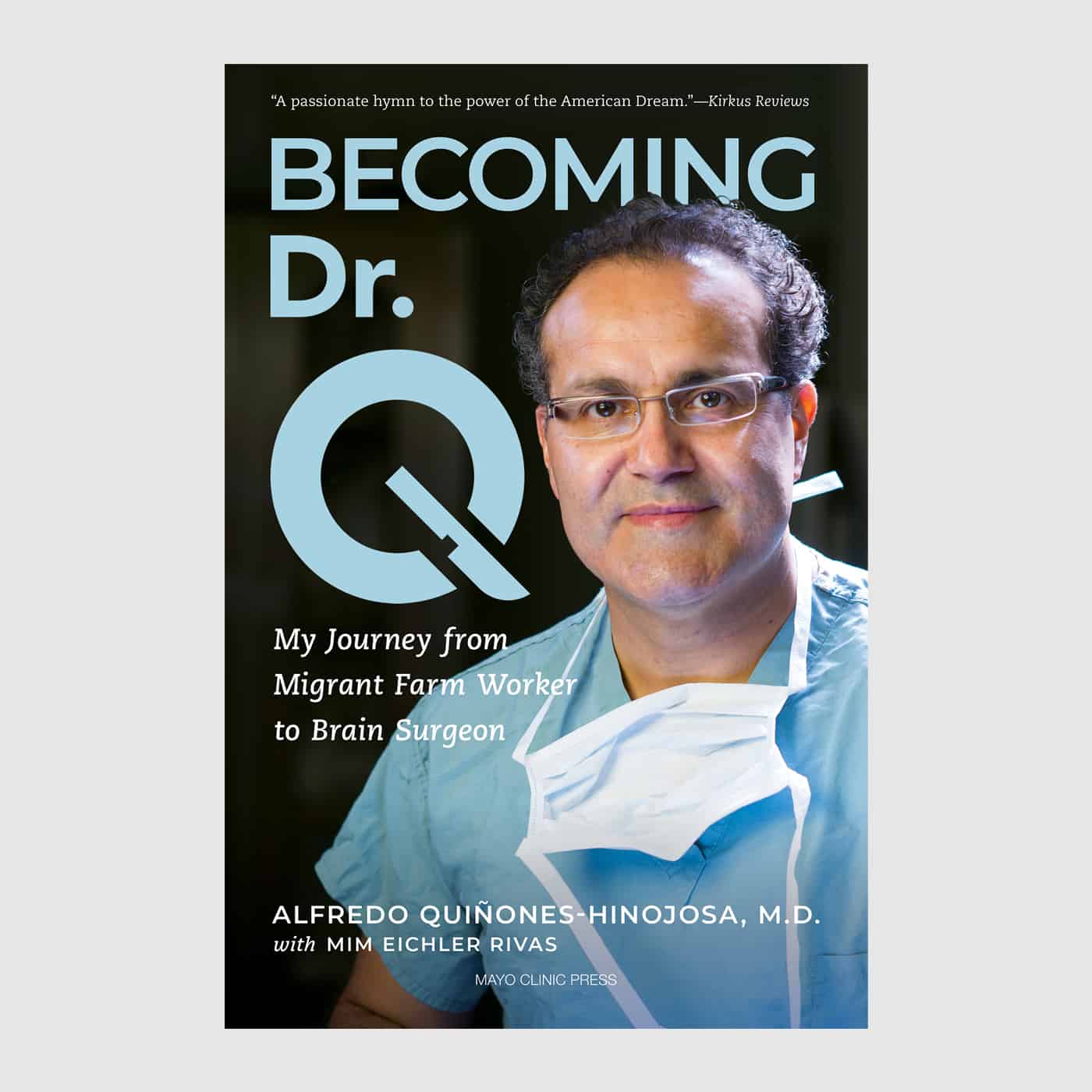
Relevant reading
Becoming Dr. Q
The inspiring story of a young Mexican immigrant who became a renowned neurosurgeon.










